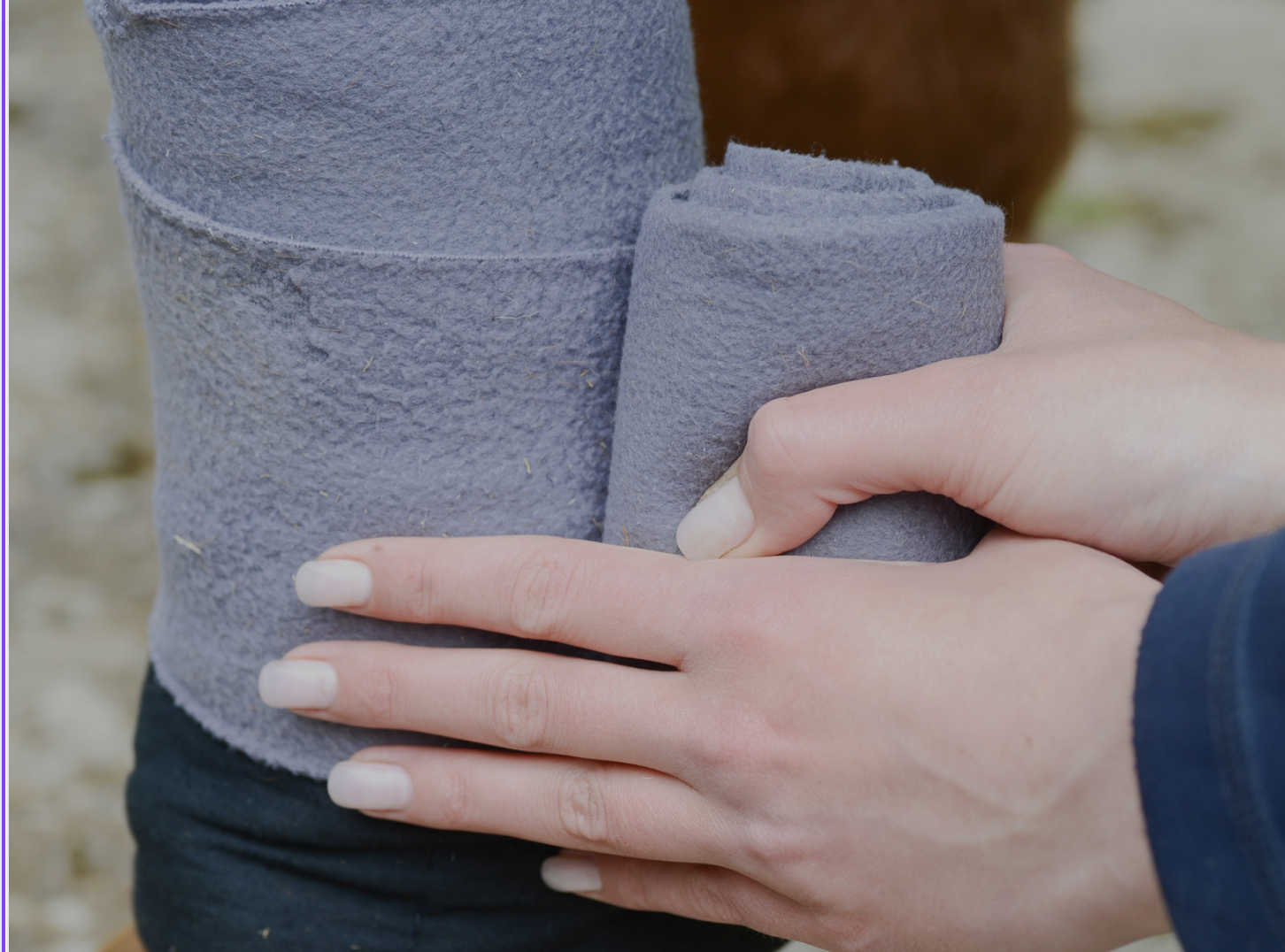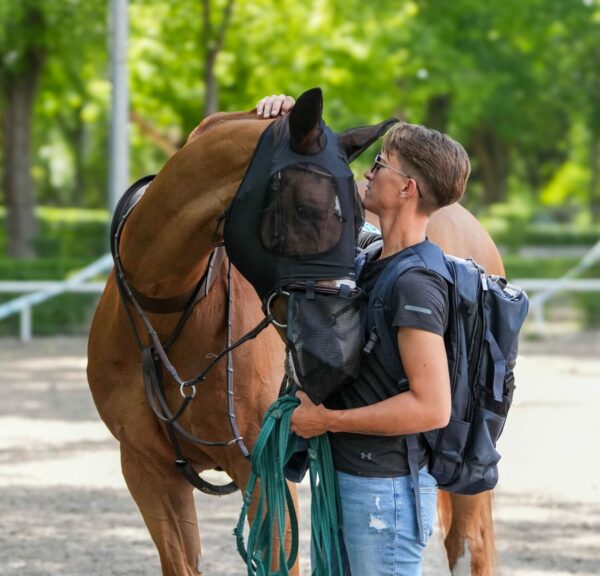
The Art of Bandaging: Why Every Horse Deserves the Right Wrap

Bandages might seem like a simple stable essential — rolls of soft fabric tucked neatly into every tack room — but in the world of horse care, they are far more than that. Whether you’re preparing your horse for a hard schooling session, a cross-country gallop, or simply tucking them in for the night, the right bandage can make all the difference to their comfort, recovery, and performance.
Bandages for Work: Support and Protection in Motion
When a horse moves, its tendons and ligaments work under immense strain, especially during fast, collected, or high-impact exercises. Work bandages (also known as exercise or polo bandages) are designed to support these hardworking legs, offering both protection and stability.
- Support for tendons and ligaments: Work bandages help reduce vibration and strain on the horse’s lower limbs, particularly during jumping or schooling sessions. This gentle compression can prevent overextension and fatigue-related injuries.
- Protection against knocks and brushing: Horses can easily clip or brush their legs with a hind hoof during fast work or lateral movements. Bandages act as a soft shield, absorbing impact and preventing abrasions.
- Enhanced circulation and warmth: Keeping the tendons warm helps maintain elasticity and reduces the risk of strain — especially valuable in colder weather or for older horses prone to stiffness.
However, work bandages must be applied correctly. A poorly wrapped bandage can do more harm than good, causing pressure points or restricting blood flow. Even tension, smooth layers, and secure fastening are the golden rules.
Bandages for the Box: Comfort and Recovery at Rest
After a long day’s work, a horse’s legs may be slightly swollen or tired — much like an athlete after a marathon. This is where stable bandages (or “box bandages”) come in. These wraps are used while the horse is stabled, helping support circulation and reduce swelling (often called “stocking up”).
- Aid recovery: Gentle compression encourages fluid drainage and helps prevent puffiness, especially in horses that stand for long periods.
- Warmth and comfort: In cooler months, stable bandages keep tendons warm and supple, preventing stiffness overnight.
- Protection from knocks: Horses can sometimes bump or rub their legs in the stable — a well-padded bandage acts as a soft barrier against scrapes or bedding-related irritations.
Often used with soft, absorbent padding underneath, stable bandages should be snug but never tight. They’re also useful after exercise, alongside cooling gels or poultices, to aid tendon recovery.
A Wrap with Responsibility
Bandaging, though beneficial, is an art that demands care. The key is clean, well-maintained materials and consistent tension from top to bottom. Always start from the inside of the leg and wrap outwards, moving downward and back up, finishing with the fastener on the outside. Remember — a good bandage should support without strangling. When done correctly, it’s not just a wrap; it’s a form of therapy.
Final Thoughts
Bandages are an indispensable part of equine management — from the schooling arena to the stable door. Work bandages protect and support during exertion, while box bandages comfort and restore during rest. Together, they play a quiet but crucial role in keeping horses sound, supple, and ready for whatever tomorrow brings. Because at the end of the day, a well-wrapped leg is more than just tradition — it’s a sign of care, skill, and respect for the magnificent athlete that is the horse.
Valentina Sozzi
© Rights Reserved.





.png)












